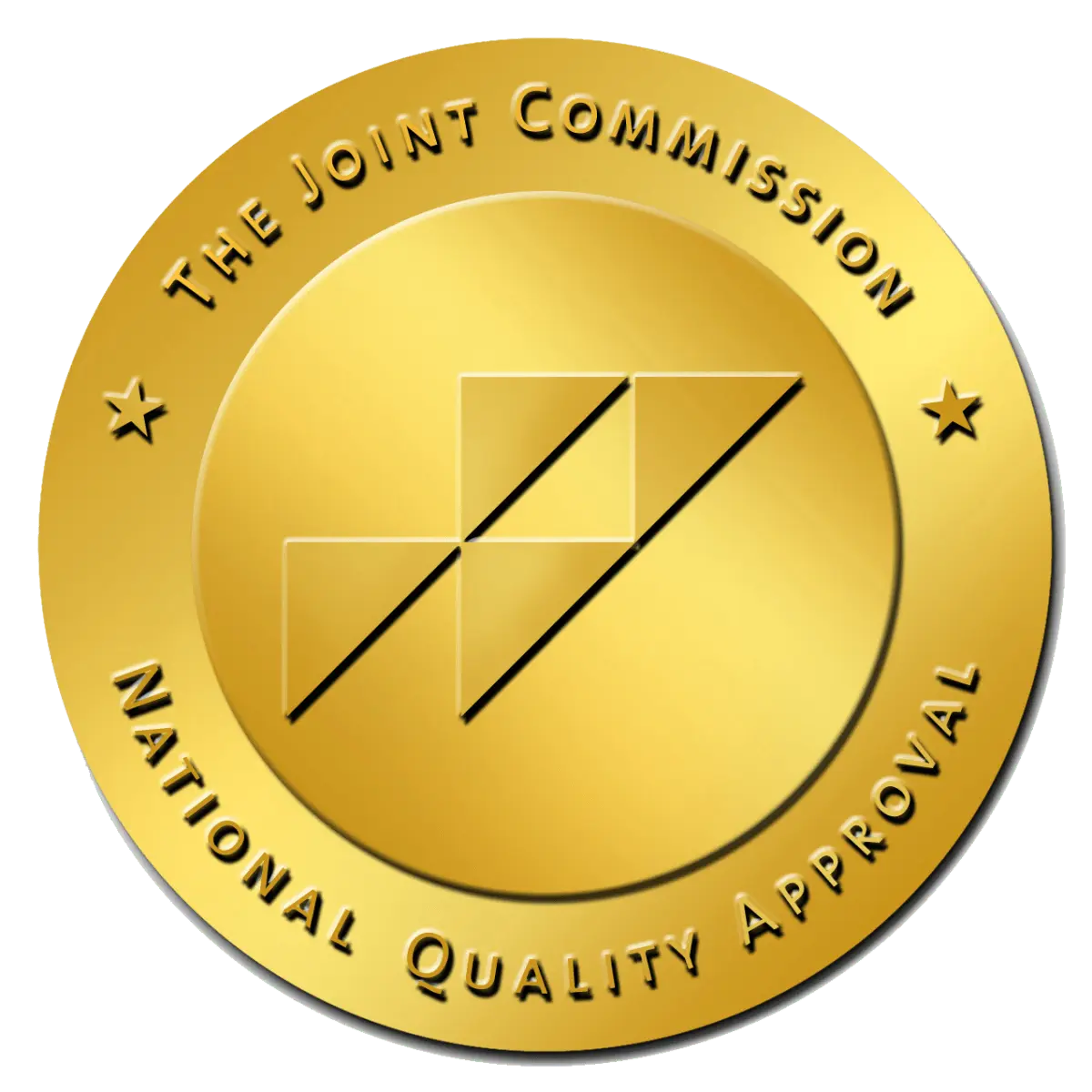Choosing the right rehabilitation program is crucial in the journey to recovery from substance abuse. At Villa Oasis, we recognize that each individual’s recovery journey is unique, and the decision between inpatient and outpatient rehab can significantly influence treatment success. This guide explores the key differences between these two rehab types, incorporating statistical insights to help you make an informed decision tailored to your specific needs. Inpatient rehab, also known as residential treatment, requires individuals to stay at the facility, providing a structured and supportive environment ideal for those with severe addiction issues.
This setting helps eliminate everyday distractions and triggers, offering 24/7 medical care and emotional support. Inpatient programs, which typically last from 30 to 90 days, include a variety of therapeutic approaches like individual counseling, group therapy, and holistic treatments. According to the National Institute on Drug Abuse, inpatient treatment is particularly effective for severe addictions, significantly reducing the risk of relapse during the program. Conversely, outpatient rehab allows individuals to undergo treatment while continuing to live at home and maintain their daily responsibilities. This type of rehab is suitable for those with mild to moderate addiction problems or as a step-down from inpatient treatment. Outpatient programs are flexible; they can vary in duration and intensity, generally lasting several months to over a year, and are more cost-effective than inpatient options.
The effectiveness of outpatient treatment depends on a tailored approach to treatment and a strong personal support network. Deciding between inpatient and outpatient rehab requires considering factors such as the severity of the addiction, personal responsibilities, available support systems, and financial capacity. At Villa Oasis, we offer both types of programs, catering to various needs and stages of recovery, to ensure each individual receives the support necessary for a successful recovery journey. For more detailed information or to discuss your specific circumstances, we encourage you to contact Villa Oasis. Our experts are prepared to assist you in making the best choice for a successful and sustained recovery.
Understanding Inpatient Rehab
Inpatient rehab, also known as residential treatment, requires patients to stay at the rehab facility throughout their treatment program. This type of rehab is intensive and specifically designed to manage severe patterns of substance abuse. Below are some detailed aspects of inpatient rehab:
Structured Environment
Inpatient programs offer a highly structured environment with carefully planned and monitored daily schedules. This regimented setup is crucial as it helps eliminate distractions and potential triggers that might lead to relapse. For individuals struggling with external temptations, the controlled setting of inpatient rehab provides a secure space that supports the focus necessary for recovery. Structured treatment environments can significantly enhance the effectiveness of the recovery process by minimizing the risk of exposure to substances and reducing stress.
24/7 Medical and Emotional Support
One of the standout features of inpatient rehab is the availability of constant medical care and emotional support. Medical professionals, including doctors, nurses, therapists, and counselors, are always available to provide essential care. This continuous support is vital for managing the complexities of detoxification and withdrawal symptoms safely, as well as addressing any co-occurring mental health conditions. Having access to round-the-clock care can greatly improve patient outcomes by providing immediate responses to health crises and ongoing adjustments to treatment plans as needed.
Comprehensive Treatment Programs
Inpatient rehab programs typically feature a holistic blend of treatments which may include individual therapy, group sessions, educational workshops, and sometimes holistic therapies such as yoga or meditation. This comprehensive approach addresses both the physical and psychological aspects of addiction, aiming to treat the person as a whole rather than just the symptoms of substance abuse. Long-term treatment lasting significantly longer than the standard 30 days can lead to better outcomes. For example, stays of 90 days or longer are often recommended for maintaining sobriety and effectively changing a person’s behavior towards drugs.
Duration
The duration of stay in an inpatient facility can vary greatly, typically ranging from 28 days to several months, depending on the individual’s specific needs and the severity of their addiction. Extended stays allow individuals to immerse themselves fully in the recovery process without the interference of their regular life stressors. A study published in the Journal of the American Medical Association found that longer durations in treatment correlate with reduced relapse rates, underscoring the importance of adequate treatment length in achieving long-term sobriety.
Inpatient rehab provides a focused and supported environment that is conducive to recovery from severe addiction. By removing patients from their normal environments and offering intensive care, these programs help individuals rebuild their lives and develop new, healthier patterns of behavior.
Understanding Outpatient Rehab
Outpatient rehab offers a highly flexible treatment modality, allowing individuals to live at home while attending treatment sessions designed around their existing schedules. This type of rehabilitation is ideally suited for those with mild to moderate substance abuse issues, or individuals who have significant personal or professional obligations they cannot abandon.
Flexibility
Outpatient rehab’s greatest advantage is its flexibility, enabling participants to continue with their daily responsibilities such as work, school, or family commitments. This integration helps maintain a semblance of normalcy and provides opportunities to apply recovery skills in real-world contexts.
Less Intensive Care
Although less intensive than inpatient programs, outpatient care still provides robust professional support. The treatment generally includes therapy sessions, counseling, educational activities about substance abuse, and support group meetings. These components are crucial for providing support and facilitating recovery, yet they demand less time away from daily life, making it easier for participants to engage consistently.
Duration and Frequency
The length and frequency of outpatient programs can greatly vary, often extending anywhere from three months to over a year, with sessions ranging from a few hours weekly to several hours daily. Tailoring the duration and intensity according to individual progress and needs is vital. Customized outpatient treatments can enhance recovery outcomes by adapting to the changing requirements of the patient over time.
Cost-Effectiveness
Moreover, outpatient rehab is generally more cost-effective than inpatient options. It avoids the higher costs associated with residential care, such as housing and 24/7 supervision, making it a financially viable option for many. Approximately 80% of American treatment facilities offer some form of outpatient care, reflecting its accessibility and cost-efficiency, which are significant factors for many individuals and families considering addiction treatment options.
Outpatient rehab thus not only offers a practical approach for those needing to balance treatment with personal responsibilities but also stands out as a cost-effective method of receiving ongoing support and care. This modality supports gradual integration of healthy behaviors and coping strategies into everyday life, which is crucial for long-term recovery.
Choosing the Right Program for You
Selecting the appropriate rehab program—whether inpatient or outpatient—is crucial and depends on a comprehensive evaluation of your individual needs and circumstances. Here’s an extended guide on factors to consider:
Severity of the Addiction
Inpatient rehab is often recommended for those with severe addiction or those who have relapsed after outpatient treatment. This option provides an immersive, controlled environment, crucial for deep-rooted addictions. Outpatient rehab, suitable for milder addiction cases, allows individuals to undergo treatment while maintaining their daily life routines, provided they have a strong commitment to recovery.
Support System
The strength of your support system is critical, especially for outpatient treatment, where the patient must manage everyday stressors and triggers independently. Inpatient rehab, with its built-in community and professional support, can be vital for those lacking a strong network of support at home.
Personal Responsibilities
Consider your daily responsibilities, such as job, education, or family care. Outpatient rehab might be more suited if you cannot step away from these duties, as it allows more flexibility to accommodate your schedule and responsibilities.
Psychological and Medical Needs
Assess your psychological and medical requirements. Inpatient treatment is better suited for individuals needing constant medical care or those with co-occurring mental health disorders. It offers comprehensive services including detoxification, medication management, and intensive therapy.
Financial Considerations
The cost is also a significant factor. Inpatient treatment typically involves higher costs due to the level of care, accommodation, and facilities provided. Outpatient programs, being less intensive, tend to be more cost-effective and are a viable option for those with limited budgets.
Treatment Outcomes and Effectiveness
Research and statistical data can guide your decision. Studies suggest that the longer and more intense the treatment, regardless of the format, the better the outcomes. Inpatient programs, providing continuous care and a structured environment, generally report higher success rates in treating severe addictions. Outpatient programs, while effective for mild to moderate addictions, require strong personal discipline and a supportive environment to be successful.
By considering these factors—severity of addiction, support system, personal responsibilities, psychological and medical needs, financial capacity, and expected outcomes—you can make a more informed choice that aligns with your personal recovery goals and leads to the best possible outcome for your situation.
Addiction Treatment at Villa Oasis – All Levels of Care
t Villa Oasis, we offer a comprehensive spectrum of addiction treatment options tailored to meet the diverse needs of our clients. Our facility provides a full continuum of care, including residential treatment, detox services, Intensive Outpatient Programs (IOP), Partial Hospitalization Programs (PHP), and sober living accommodations. This broad range of services ensures that each individual receives the specific level of care required for their unique recovery journey.
Comprehensive and Customized Treatment Plans
Our approach integrates various therapeutic modalities to address all aspects of addiction and recovery. By offering both inpatient and outpatient settings, we cater to different severities of addiction and personal circumstances. Our residential and detox programs provide intensive, round-the-clock care for those in need of a structured environment to manage severe addictions. For individuals seeking flexibility to maintain their daily responsibilities, our IOP and PHP options offer effective treatment solutions that still support their professional and personal lives.
Sober Living and Ongoing Support
In addition to primary treatment programs, Villa Oasis extends its support through sober living homes, which provide a safe and structured environment for clients transitioning from more intensive care levels. This step is crucial for many in sustaining the gains made during treatment and solidifying their recovery in the real world.
Expert Care and Supportive Community
Our team of addiction specialists is dedicated to supporting each client through their recovery journey, offering personalized care that is guided by the latest in addiction medicine and therapeutic practices. We emphasize creating a supportive community where individuals can find mutual support and encouragement, enhancing their ability to achieve and maintain long-term sobriety.
If you are considering your options for addiction treatment and are unsure which level of care is right for you, we invite you to reach out for a consultation. At Villa Oasis, we are committed to helping you take the first step toward a healthier and sober life. Our goal is to ensure that every individual has access to the care they need to recover and thrive.




